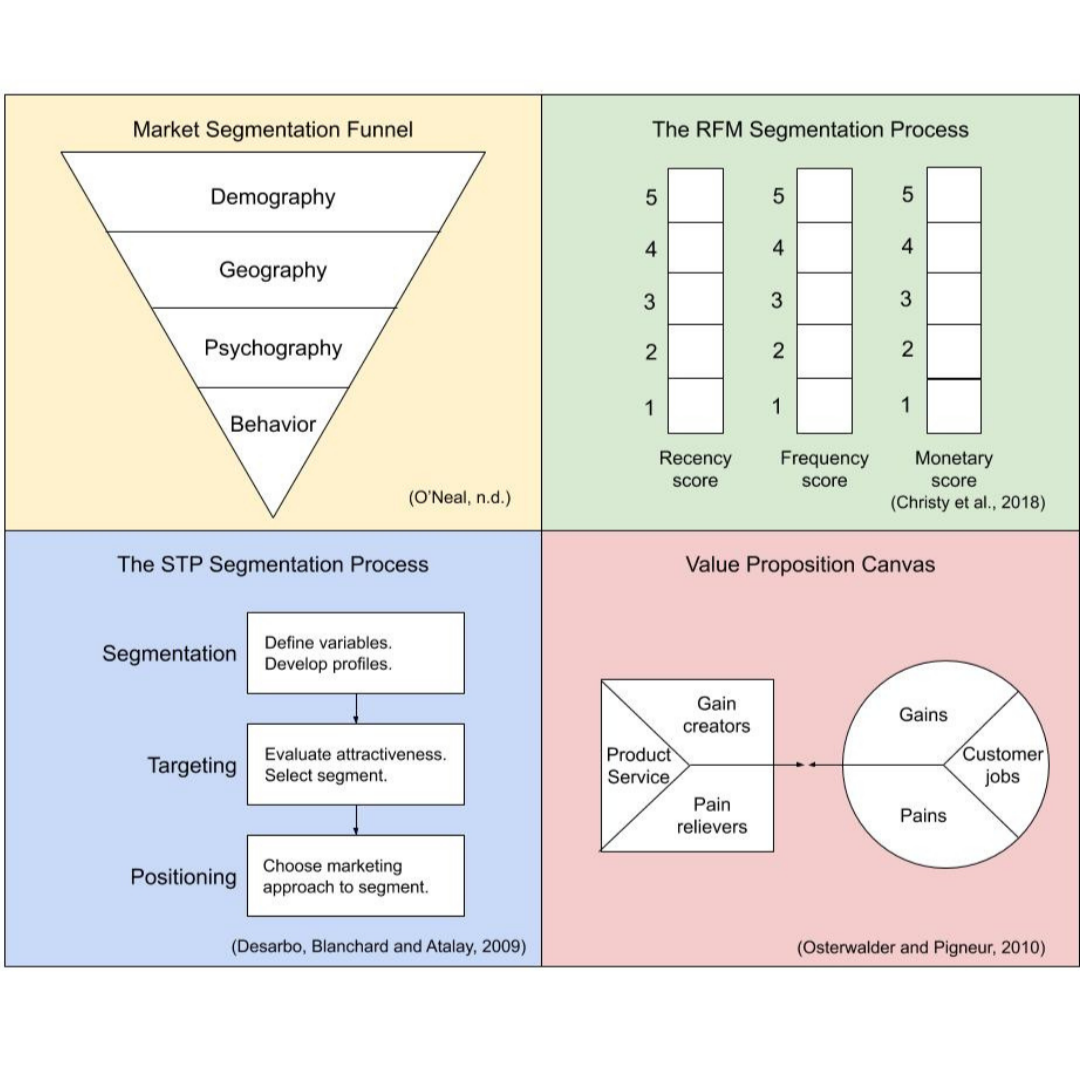Segmentation and Audience
Hi there! This blog is about the first step of marketing, which is to select who you want to optimize your value chain for.
It is very few companies that, like MicroSoft, McDonald’s and Nike, manage to hit both high and low, rich as poor and graphic designers as accountants. In order to evaluate and make the right decisions in your marketing, you need to have a clear idea of who you want to target.
Once I wrote a bachelor's thesis on segmentation. As I had to write it in English for Aarhus University, I will only translate and publish it here on the blog on an ongoing basis. If you have questions about how to segment, write it in the comments at the bottom of the page. Without promising too little and doing too much, the assignment will be spiced up a bit and come to conclusions faster than the academic paper.
Here are the four most commonly used segmentation models
The Market Segmentation Funnel
This 4-step segmentation process is very useful for international segmentation because it starts with a macro analysis that covers all geographic markets. Therefore, it has the ability to cover all attractive segments of the world. It gradually becomes narrower and focuses on fewer people based on a mix of criteria. In the end, you end up with an audience segment that shares a given amount of similarities. Unfortunately, the model only shows what the customers have in common - and therefore not where they are different. In addition, the process of targeted segmentation stops and thus does not help your company implement a workable strategy for your market.
The RFM Segmentation Process
This segmentation process is based on behaviors and tracks patterns for existing customers. The model uses hard data based on tracking revenue and dates, which clearly distinguishes between how attractive customers are to your company's bottom line. The data are combined with estimates of the market potential to evaluate three parameters for each customer on a scale of 1-5. These three parameters are based on the most recent purchase - "recency", how often the customer buys - "frequency", and how much revenue they generate - "monetary". These factors provide insight into customers' behavioral buying patterns. The model enables the implementation of targeted marketing for existing customers with proven potential, but cannot evaluate the potential of non-customers as well as latent potential of existing customers.
The STP Segmentation Process
The STP segmentation process is a flexible approach that aims to implement effective and targeted marketing. It is also the model that Storytelling Media uses. The process has three steps: segmentation, targeting and positioning. The segmentation defines some general criteria and groups the market accordingly. The goal is to decide and evaluate the attractiveness of each segment by identifying the customers it is best to optimize its marketing towards. Finally, the positioning is performed by creating marketing strategies that suit the target audience. However, be aware that each step is without fixed guidelines. For that reason, you must think in terms of concepts, reflect a lot and then it requires a thorough understanding of your market. When combined, this model is amazing! The number of resources required will inevitably deter many companies from using the model.
The Value Proposition Canvas
Value Proposition Canvas is designed to create customer-oriented solutions to a given problem. First you must find a problem. This is done by identifying attractive customers who have some tasks with pain points and benefits. Once you have found a problem that the customer has, you can find ways to solve it. Either by lifting a burden (Pain Reliever) or by giving them more benefits (Benefit Creator). The model is based on a deep understanding of each segment, and therefore it can be beneficial for companies that are highly specialized. It is also useful for startups and innovative companies that are experimenting with filling a non-covered need on the market. A bit like the Blue Ocean Strategy, just with the user instead of product. However, the model only allows you to understand one customer segment at a time and do not allow comparison of segments that can help you target your marketing to the most attractive segments.
Which Segmentation Model to Choose?
All four segmentation models have strengths and weaknesses in their design. The Market Segmentation Funnel is static in its factors it uses, making it easy to apply but can make it irrelevant to your business. It has even been argued that the model is now outdated due to the fixed variables. Value Proposition Canvas is limited in its approach to comparing audiences. While the STP model is highly non-specific and requires a definition of all steps, the RFM model is locked into behavioral segmentation criteria and identification of existing customers.
Each of these models differs slightly in the criteria needed for you to end up with usable segments. Therefore, we recommend choosing only one. The STP model is our favorite because of its versatility, which makes it possible to generalize the process to suit our business. The STP model has the largest scope of all segmentation models! But it might be beneficial for your business to use one of the other models.


One thought on “Hvordan Segmenterer man en Målgruppe?”